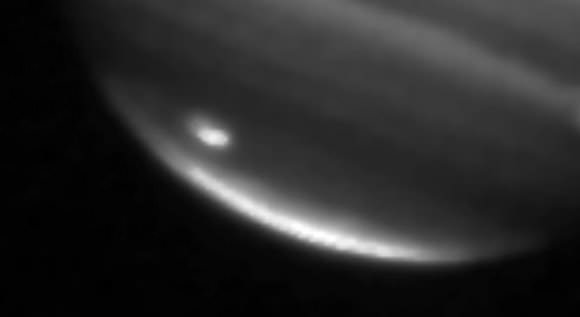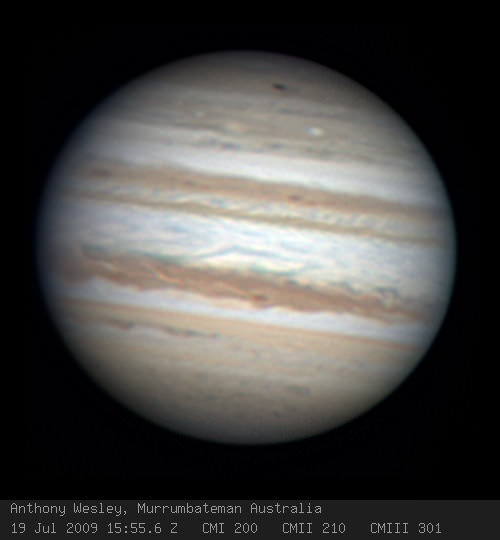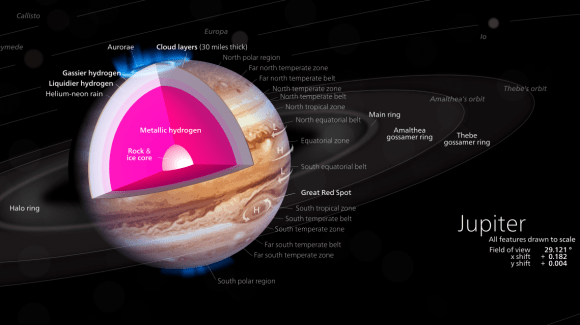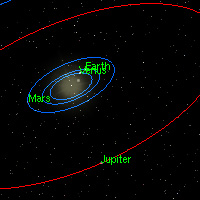[/caption]
Many children, and even adults, dream of visiting other planets and wonder what it would be like to stand on another planet. For one thing, your weight would be different on another planet, depending on a number of factors including the mass of the planet and how far you are away from the center of the planet.
Before we start, it’s important to understand that the kilogram is actually a measurement of your mass. And your mass doesn’t change when you go anywhere in the Universe and experience different amounts of gravity. Your weight is best measured in newtons. But since your bathroom doesn’t measure your weight in newtons, we’ll use kilograms. This is what your bathroom scale would say if you stepped on another world.
Mercury is the smallest planet in our Solar System, but it is dense. Because Mercury is so small, it has very little gravity. If you weighed 68 kg on Earth, you would only weigh 25.7 kg on Mercury.
Venus is very close to Earth in size and mass. Venus’ mass is roughly 90% of the mass of the Earth. Thus, it is no surprise that someone would weigh a similar amount on Venus. Someone who weighed 68 kg on Earth would weigh 61.6 kg on Venus.
Mars is quite a bit smaller than Earth with only 11% of our planet’s mass. Mars is larger than Mercury, but it is not as dense as the smaller planet. If you weighed 68 kg on Earth then you would weigh 25.6 kg on Mars. Since Pluto was demoted to a dwarf planet, Mars became the planet where you would weigh the least.
Jupiter is the largest planet in our Solar System with the most mass. Because of Jupiter’s mass, you would weigh more on that planet than on any other one in our Solar System. If you weighed 68 kg on Earth then you would weigh 160.7 kg on Jupiter, over twice your normal weight. That is if you could actually stand on Jupiter’s surface, which is impossible because it is a gas giant, and gas giants do not have solid surfaces.
Saturn is a gas giant best known for its planetary rings system. It is also the second biggest planet in our Solar System. Despite its mass though, the planet has a very low density and a lower gravity than Earth. If you weighed 68 kg on Earth, you would weigh 72.3 kg on Saturn.
Uranus is a gas giant without a solid surface. Although Uranus is larger in size than Neptune, it has less mass and therefore less gravity. You would only weigh 60.4 kg on Uranus, if you weighed 68 kg on Earth.
Neptune, the last planet in our Solar System, is a gas giant. If you weighed 68 kg on Earth, then you would weigh 76.5 kg on Neptune if you could stand on the planet’s surface.
Although the Moon is not a planet, it is one of the few objects that astronauts have actually visited. Because the Moon is so small, it has a low density and low gravity. If you weighed 68 kg on Earth, then you would only weigh 11.2 kg on the Moon.
Universe Today has a number of articles to check out including weight on the moon and mass of the planets.
If you are looking for more information then determine your weight on other planets and facts about the planets.
Astronomy Cast has an episode on gravity.










